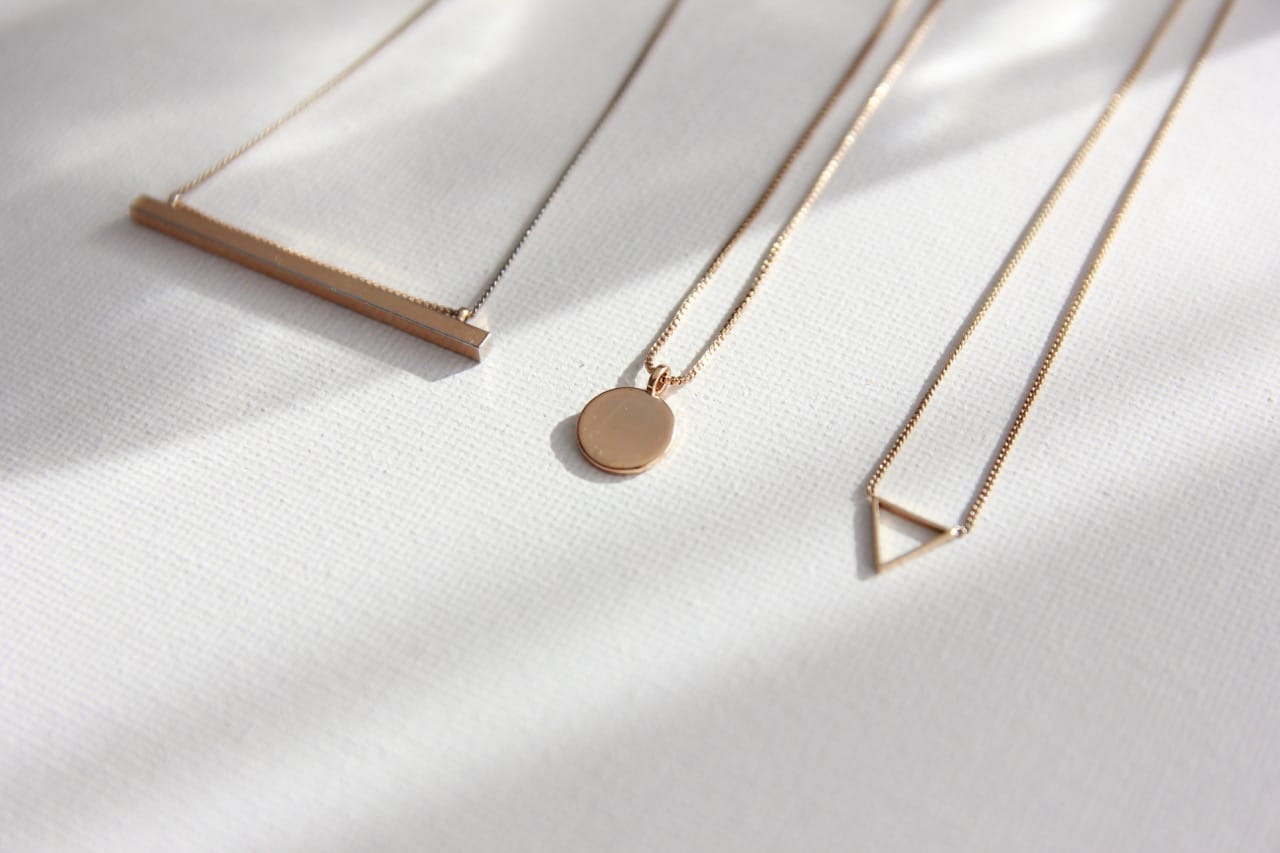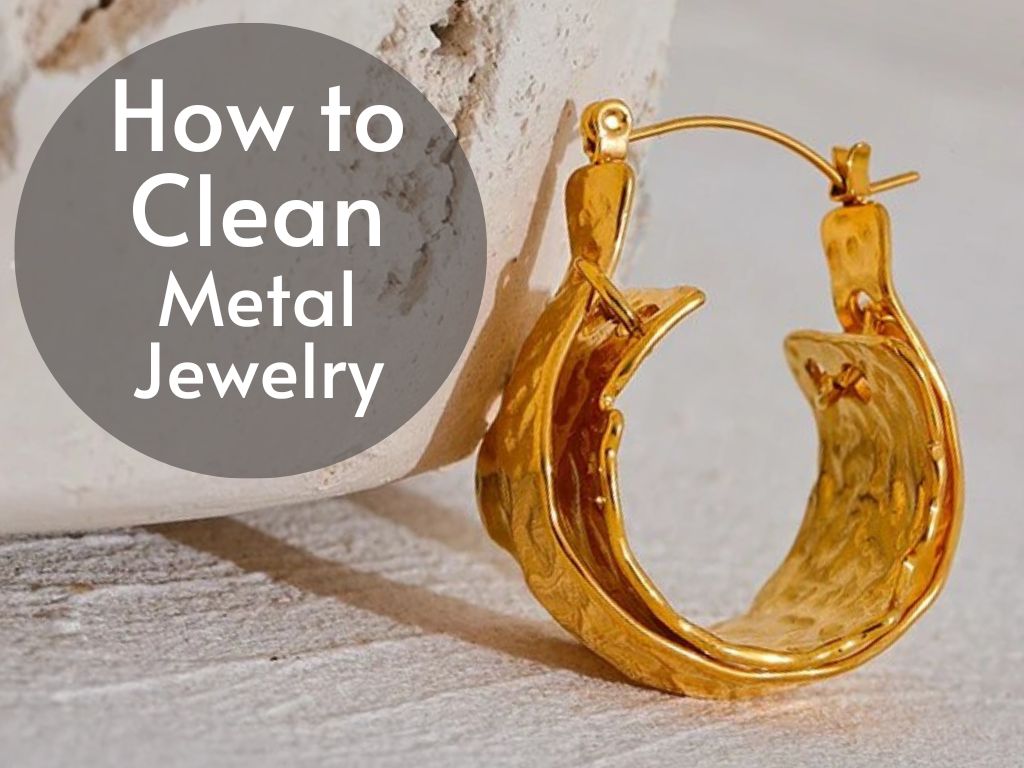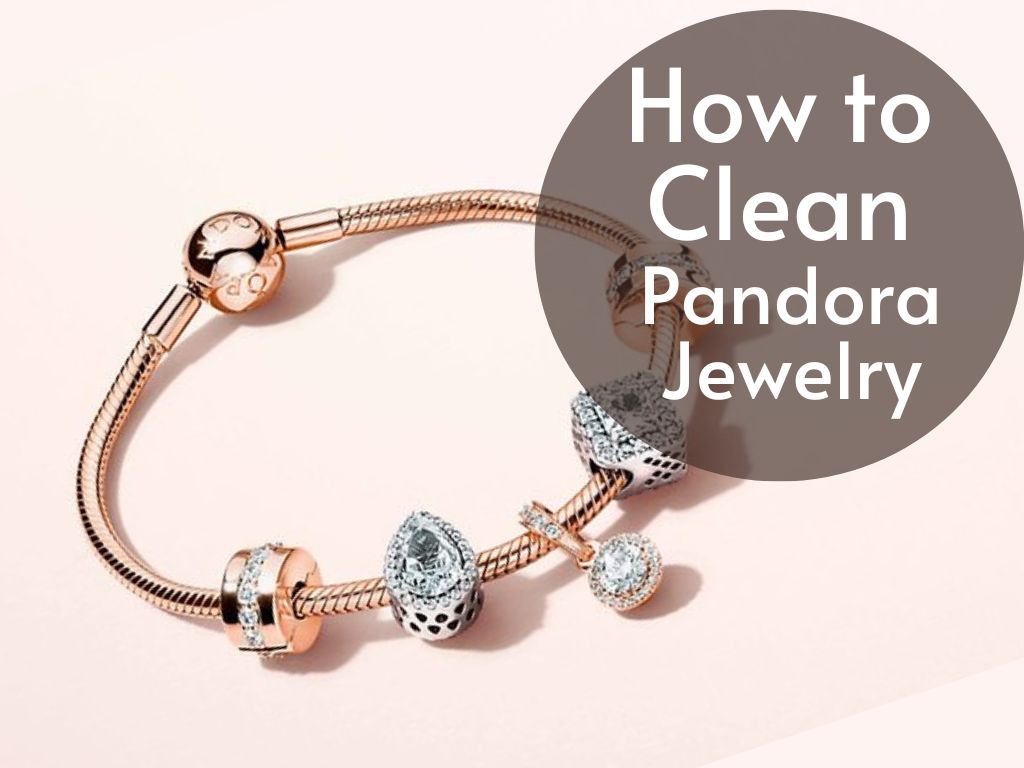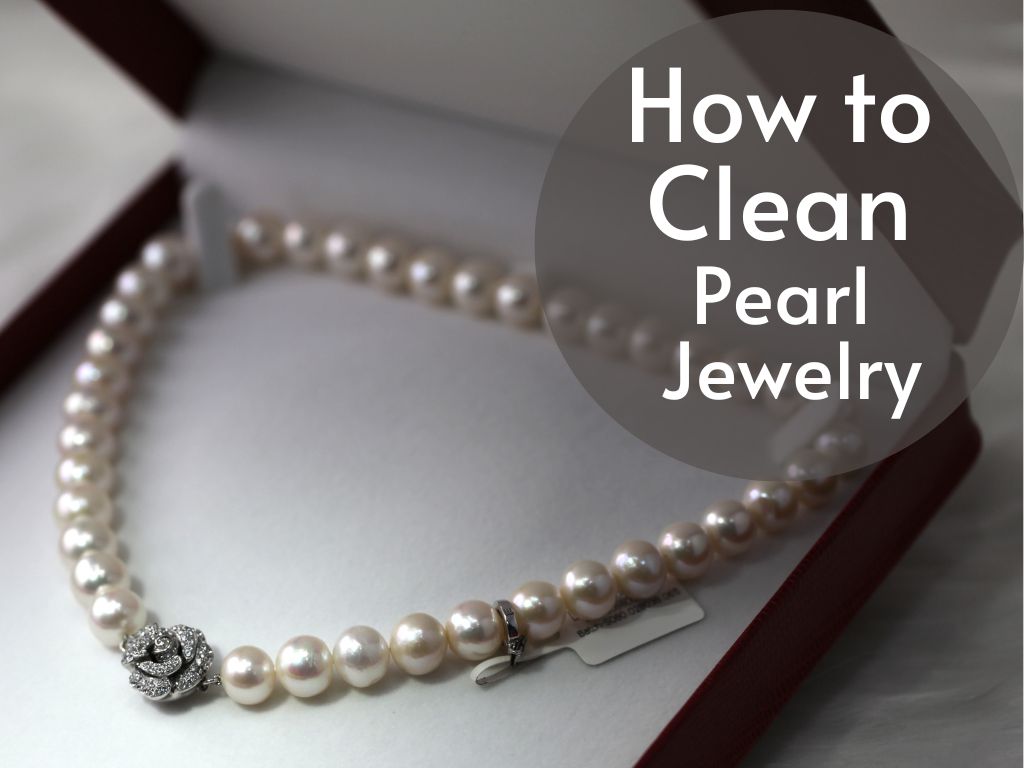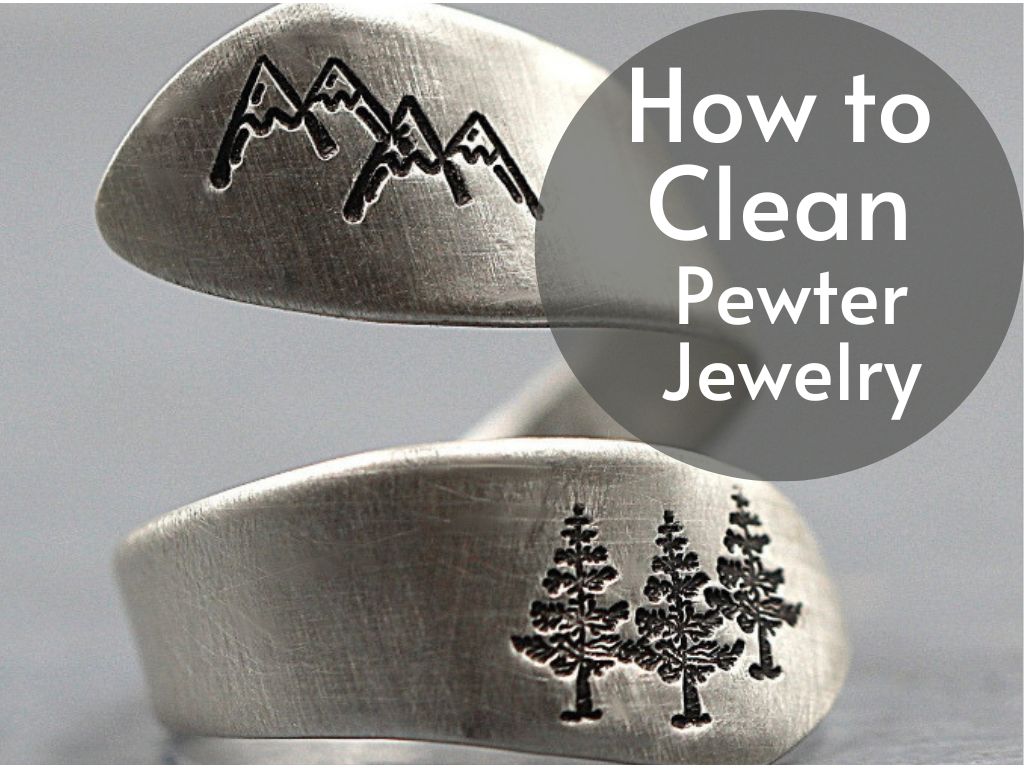The Beauty and Allure of Gold Plated Jewelry
Gold plated jewelry holds a distinct charm that captivates the hearts of fashion enthusiasts worldwide. Its lustrous appearance, reminiscent of solid gold, exudes glamour and sophistication. The process of gold plating involves depositing a thin layer of real gold onto a base metal, such as brass or silver.
This technique allows individuals to enjoy the aesthetic appeal of gold jewelry at a fraction of the cost. One of the most appealing aspects of gold plated jewelry is its versatility.
Whether you’re attending a formal event or simply adding an elegant touch to your everyday ensemble, gold plated accessories effortlessly elevate your style. From delicate necklaces and bracelets to intricately designed earrings and rings, there is a vast array of options to suit every taste and occasion.
Beyond its visual allure, gold plated jewelry also carries symbolic significance. Throughout history, gold has been considered valuable across different cultures and civilizations.
It represents wealth, prosperity, and status. Wearing such jewelry not only enhances one’s appearance but also serves as an expression of personal style and taste.
The Importance of Regular Cleaning for Longevity
While gold plated jewelry possesses undeniable beauty, it requires proper care to maintain its shine and longevity over time. Daily wear exposes these accessories to various factors that can dull their brilliance—dirt, oils from our skin’s natural sebum production, environmental pollutants—all can accumulate on their surfaces. Regular cleaning is essential because these external elements can gradually build up on the delicate surface layer of the gold plating.
As dirt particles settle into crevices or cling to intricate designs with gemstone settings, they create a barrier that diminishes the radiance and luster. Besides preserving its visual appeal, cleaning gold plated jewelry helps protect it from potential damage.
By eliminating dirt and grime, you prevent the accumulation of abrasive particles that might scratch or wear away the delicate gold plating. Over time, neglecting proper cleaning can lead to tarnishing or even complete loss of the plated layer, rendering the jewelry less vibrant and diminishing its overall value.
Understanding Gold Plated Jewelry
Definition and Composition of Gold Plated Jewelry
Gold plated jewelry is a type of jewelry that has a thin layer of gold applied to its surface. The base metal, which can be anything from copper to silver or even stainless steel, is coated with a layer of gold through a process known as electroplating.
This layer is thinner than that found in solid gold jewelry but still offers the aesthetic appeal and luxurious appearance associated with gold. Typically, gold plating is measured in microns, with thicker plating being more durable.
Difference between Solid Gold and Gold Plated Jewelry
Solid gold jewelry, as the name suggests, is made entirely of gold throughout its composition. It contains no other metals or alloys. On the other hand, gold plated jewelry consists of a base metal covered with a thin layer of gold.
While solid gold jewelry holds intrinsic value due to its higher concentration of precious metal, it tends to be more expensive than its plated counterparts. The distinction between solid gold and gold plated jewelry also lies in their durability and longevity.
Solid gold pieces are highly resistant to tarnishing and fading over time since they are not susceptible to the effects of oxidation like other metals. In contrast, the thin layer of gold on plated jewelry may wear off over time or through excessive contact with water or chemicals.
Common Types of Base Metals Used in Gold Plating
Various base metals are commonly used in the production of gold plated jewelry. Copper is frequently chosen due to its affordability and versatility as an alloying metal for creating different shades of gold plating such as rose or pink tones.
Silver is also a popular choice as it complements white or yellow gold plating exceptionally well. Stainless steel serves as an excellent choice for durable everyday pieces that require extra strength and resistance against corrosion.
Additionally, brass, bronze, and nickel are also utilized as base metals in gold plating processes. Each of these metals possesses unique characteristics that impact the final appearance and quality of the gold plated jewelry.
Understanding the intricacies of gold plated jewelry, including its composition, differences from solid gold pieces, and base metal options, allows for a better appreciation of its specific care requirements. This knowledge empowers jewelry enthusiasts to maintain their prized possessions properly and preserve their brilliance for years to come.
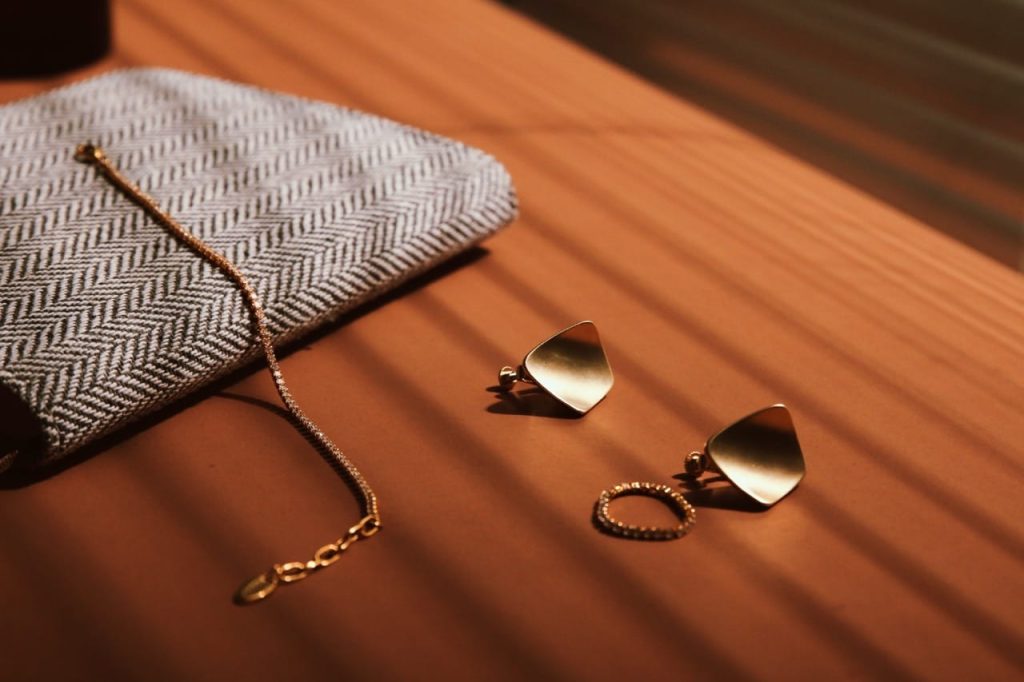
Tools and Materials Needed for Cleaning
Soft-bristle toothbrush or a dedicated jewelry brush
When it comes to cleaning gold plated jewelry, the choice of brush is crucial to prevent any damage to the delicate plating. A soft-bristle toothbrush or a dedicated jewelry brush are ideal options.
The soft bristles ensure gentle scrubbing without causing scratches or abrasions on the surface. It’s essential to dedicate a separate brush solely for cleaning jewelry, as using one that has been previously used with toothpaste or other abrasive substances may lead to unintentional scratches due to residue left behind.
Mild dish soap or specialized jewelry cleaner
To effectively clean gold plated jewelry, choosing the right cleaning solution is paramount. One option is mild dish soap diluted in warm water, which possesses gentle yet effective cleansing properties. Ensure that the dish soap does not contain any harsh chemicals or abrasive additives that may harm the plating.
Alternatively, one can opt for specialized jewelry cleaners available in the market specifically formulated for delicate metals like gold plating. These cleaners are designed to remove dirt, oils, and tarnish while being safe and gentle on the precious metal surface.
Microfiber cloth or lint-free cloth for drying and polishing
After cleaning your gold plated jewelry, proper drying and polishing are essential steps in maintaining its lustrous shine. Microfiber cloths are an excellent choice for this purpose due to their non-abrasive nature and ability to trap dust particles effectively. These soft cloths have finer fibers than regular ones, ensuring a scratch-free drying process while leaving no lint residue behind.
If you don’t have a microfiber cloth at hand, you can also use a lint-free cloth made from materials such as cotton or silk. It’s crucial to remember that when drying your gold plated jewelry after cleaning, avoid using paper towels or tissues as they may contain fibers that can scratch the delicate surface.
Additionally, never use rough or abrasive materials like regular towels or tissues made from synthetic fibers as they can leave scratches or cause damage to the plating. With the proper tools and materials in hand, you’re now equipped to embark on the journey of restoring your gold plated jewelry’s radiance and ensuring its longevity.
Preparing the Cleaning Solution
Diluting dish soap with warm water in a small bowl (ratio: 1:3)
When it comes to cleaning gold plated jewelry, one of the simplest and most effective solutions is using a gentle dish soap diluted with warm water. This method is ideal for removing dirt, oils, and grime that accumulate on the surface of your precious pieces.
To prepare the cleaning solution, find a small bowl or container and add one part mild dish soap to three parts warm water. Ensure that the water is not too hot, as extreme temperatures can damage delicate gold plating.
The ratio of 1:3 strikes a perfect balance between effectiveness and gentleness. The dish soap will help break down any oils or residues without being too harsh on the delicate gold plating.
Remember to choose a mild dish soap without any harsh chemicals or abrasives that could potentially damage or strip away the plating. Mix the solution gently until it forms a uniform mixture.
Alternatives: using specialized jewelry cleaning solutions or homemade remedies (e.g., vinegar, baking soda)
While diluting dish soap is an excellent and safe option for cleaning gold plated jewelry, there are alternative methods you may consider depending on your preference and specific needs. Specialized jewelry cleaning solutions designed specifically for gold plated pieces can be purchased from jewelers or online retailers.
These solutions often come in spray bottles or with dipping baskets for easy application. If you prefer more natural remedies, common household items like vinegar and baking soda can also be used effectively to clean gold plated jewelry.
Vinegar acts as an acid-based cleaner that helps dissolve tarnish and dirt from metals gently. To use vinegar as a cleaning solution, mix equal parts white vinegar with warm water in a small bowl.
Alternatively, baking soda mixed with water to form a paste can also serve as an effective homemade cleaner. Apply the paste to your jewelry, rub gently, and rinse off with warm water.
Remember to exercise caution when using alternative cleaning solutions. Always test a small inconspicuous area of your gold plated jewelry before applying the solution extensively to ensure it does not cause any undesired effects or damage the plating.
Cleaning Process – Step by Step Guide
Gently Remove Any Dirt, Dust, or Residue from the Jewelry Surface Using a Soft Cloth
When embarking on the journey of cleaning your precious gold plated jewelry, it is crucial to start by gently removing any visible dirt, dust, or residue that may have accumulated on the surface. To accomplish this delicate task, employ the use of a soft cloth specially designed for jewelry cleaning. Opt for materials like microfiber or lint-free cotton to ensure that you are not inadvertently introducing additional scratches or damage to your exquisite piece.
With utmost care and precision, lightly wipe the surface of your gold plated jewelry using gentle strokes. Pay close attention to all nooks and crannies while ensuring that you do not overlook intricate details such as filigree work or gem settings.
These areas tend to harbor dirt and grime more easily than others due to their unique design characteristics. By thoroughly eliminating these particles at the outset, you lay the foundation for a thorough and effective cleaning process.
Dip the Toothbrush Into the Cleaning Solution and Carefully Scrub the Gold Plated Surface
Once you have successfully removed any visible debris from your gold plated jewelry’s surface, it is time to move on to deeper cleaning techniques. To accomplish this step with finesse, immerse a soft-bristle toothbrush (preferably dedicated solely for jewelry cleaning purposes) into your prepared cleaning solution – whether it be diluted dish soap or a specialized jewelry cleaner. With steady hands and an attentive eye for detail, carefully scrub the entirety of the gold plated surface using gentle pressure.
Remember that excessive force might cause scratching or even rub off some of the precious plating itself. Therefore, it is paramount that you maintain a delicate touch throughout this process.
Pay Attention to Intricate Details, Crevices, and Gem Settings
As you proceed with scrubbing your gold plated jewelry, it is absolutely imperative to pay special attention to its intricate details, crevices, and gem settings. These areas often attract dirt and grime due to their complexity.
The use of a toothbrush allows the bristles to reach into these tiny spaces, dislodging any stubborn particles that might have accumulated over time. Take your time and be thorough in your approach.
Ensure that every nook and cranny is gently brushed, removing all traces of unwanted debris. By dedicating extra care and attention to these intricate elements of your jewelry, you guarantee its utmost cleanliness.
Avoid Excessive Pressure to Prevent Scratching or Rubbing Off the Plating
In the pursuit of restoring your gold plated jewelry’s radiant allure, it is important to exercise caution when applying pressure during the cleaning process. Remember that gold plating is relatively delicate compared to solid gold pieces; therefore, it necessitates a more delicate touch. To prevent scratching or rubbing off the plating while scrubbing, maintain a controlled and gentle grip on the toothbrush throughout each stroke.
Avoid any form of aggressive brushing that could potentially damage or degrade the thin layer of gold on your jewelry. By embracing a softer touch combined with patience and precision, you can effectively clean your beloved piece without compromising its integrity.
Use Circular Motions to Loosen Any Stubborn Grime
As you engage in scrubbing your gold plated jewelry’s surface with an adept hand, employing circular motions will aid in loosening any stubborn grime that may have adhered over time. This technique provides an effective means of dislodging dirt particles from both smooth surfaces as well as hard-to-reach areas within intricate detailing. By utilizing circular strokes when brushing, you maximize the chances of removing even deeply embedded dirt without causing harm to the plating itself.
The rounded motions create a gentle agitation, allowing the cleaning solution to penetrate and dissolve any residues that may have clung to your jewelry. The cleaning process for gold plated jewelry requires a delicate touch and attention to detail.
By gently removing dirt and dust using a soft cloth, followed by careful scrubbing with a toothbrush dipped in a cleaning solution, you can ensure the thorough cleansing of your prized possessions. Paying attention to intricate details, crevices, and gem settings while avoiding excessive pressure is paramount.
Additionally, employing circular motions during brushing aids in dislodging stubborn grime without compromising the plating. With these steps mastered, you will be able to restore the dazzling shine of your gold plated jewelry and preserve its allure for years to come.
Rinsing and Drying Techniques
Rinse the jewelry under lukewarm running water to remove any soap residue:
After carefully scrubbing the gold plated jewelry with the cleaning solution, it is crucial to rinse it thoroughly under lukewarm running water. This step serves to eliminate any lingering soap residue that could potentially build up over time and dull the shine of your precious pieces.
The use of lukewarm water ensures that no extreme temperatures are applied, which could cause damage to delicate gemstones or alter the integrity of the gold plating itself. As you rinse, be sure to rotate and move the jewelry around under the stream of water to ensure complete coverage. Gently pat dry with a clean microfiber cloth, ensuring all moisture is removed:
Once you have successfully rinsed off any soap residue from your gold plated jewelry, it’s time to dry them carefully. Using a clean microfiber cloth specifically designed for delicate surfaces is highly recommended. Microfiber cloths are incredibly absorbent and help prevent scratches or lint transfer onto your jewelry.
Take each piece one at a time and gently pat dry, paying attention to intricate details and crevices where moisture might accumulate. Ensure that all moisture has been completely removed before proceeding to the final step. Air drying is recommended to avoid potential damage caused by heat:
To ensure optimal preservation of your gold plated jewelry, allow them to air dry naturally rather than using heat sources such as hairdryers or direct sunlight exposure. Heat can potentially warp or discolour delicate gemstones or compromise the integrity of the gold plating itself. Instead, find a clean surface where you can lay out your pieces individually without them touching one another.
It’s important not to rush this process; give ample time for each piece to fully air dry before storing them away. This thorough drying process will help maintain the shine and longevity of your gold plated jewelry, allowing you to cherish them for years to come.
Remember, taking the time to rinse and dry your gold plated jewelry properly is essential for keeping them in pristine condition. By following these steps diligently, you can ensure that your favorite pieces retain their lustrous appearance and remain beautiful for a long time.
Special Care for Gemstones
The Delicate Dance of Gemstone Cleaning
Gemstones are often the crowning jewels of gold plated jewelry, adding a touch of elegance and vibrancy. However, they require special care to preserve their luster and prevent damage during the cleaning process.
It is crucial to identify the type of gemstone present, as different gemstones have varying levels of hardness and susceptibility to chemicals. For softer gemstones like opals or pearls, it is best to avoid submerging them in water or using any harsh chemicals.
Instead, gently wipe them with a slightly damp cloth and pat dry immediately. For harder gemstones such as diamonds or sapphires, you can follow the same cleaning steps outlined earlier for gold plated jewelry.
Avoiding Abrasive Encounters
When dealing with jewelry that incorporates both gold plating and gemstones, extra caution must be taken to protect the stones from abrasion. To avoid potential scratching or chipping, it is advisable to use a soft-bristle toothbrush rather than abrasive tools like steel wool or harsh scrubbing pads. Additionally, avoid using ultrasonic cleaners as they can be too intense and cause damage to certain types of gems.
Seeking Professional Assistance
If you possess valuable gold plated jewelry with intricate settings or rare and delicate gemstones that demand exquisite care, seeking professional assistance might be the wisest choice. Professional jewelers have specialized tools and expertise in handling delicate materials without causing harm. They can assess any potential risks associated with cleaning your specific piece of jewelry and provide advice tailored to its unique characteristics.
Conclusion
Caring for your gold plated jewelry not only ensures its lasting beauty but also honors its sentimental value. Regular cleaning is essential in maintaining its shine while preventing tarnishing or discoloration over time. By following the step-by-step guide and paying special attention to gemstones, you can effectively clean your gold plated jewelry at home.
Remember, if you have any doubts about cleaning a specific piece or possess valuable items, it is always best to consult a professional jeweler for expert advice. With proper care and attention, your gold plated jewelry will continue to be a radiant symbol of timeless elegance for years to come.

